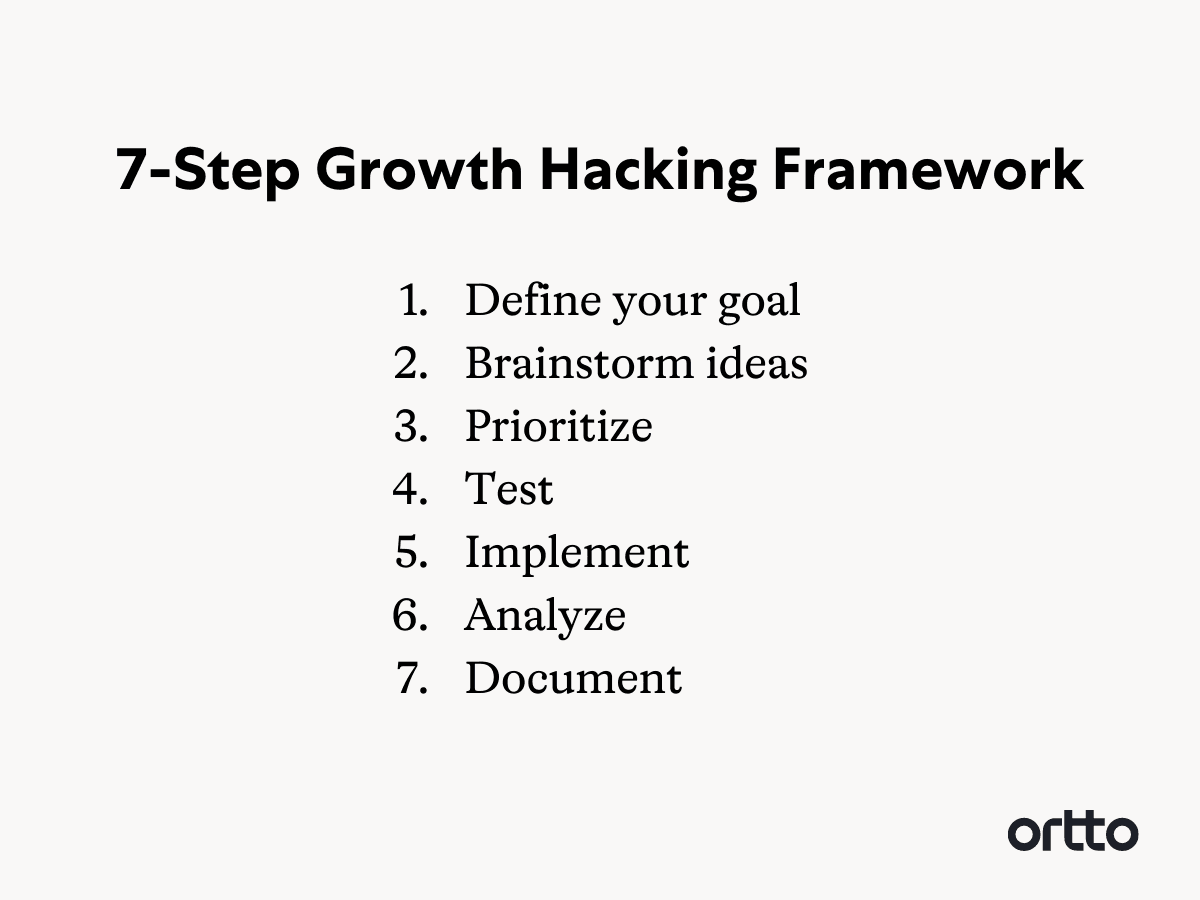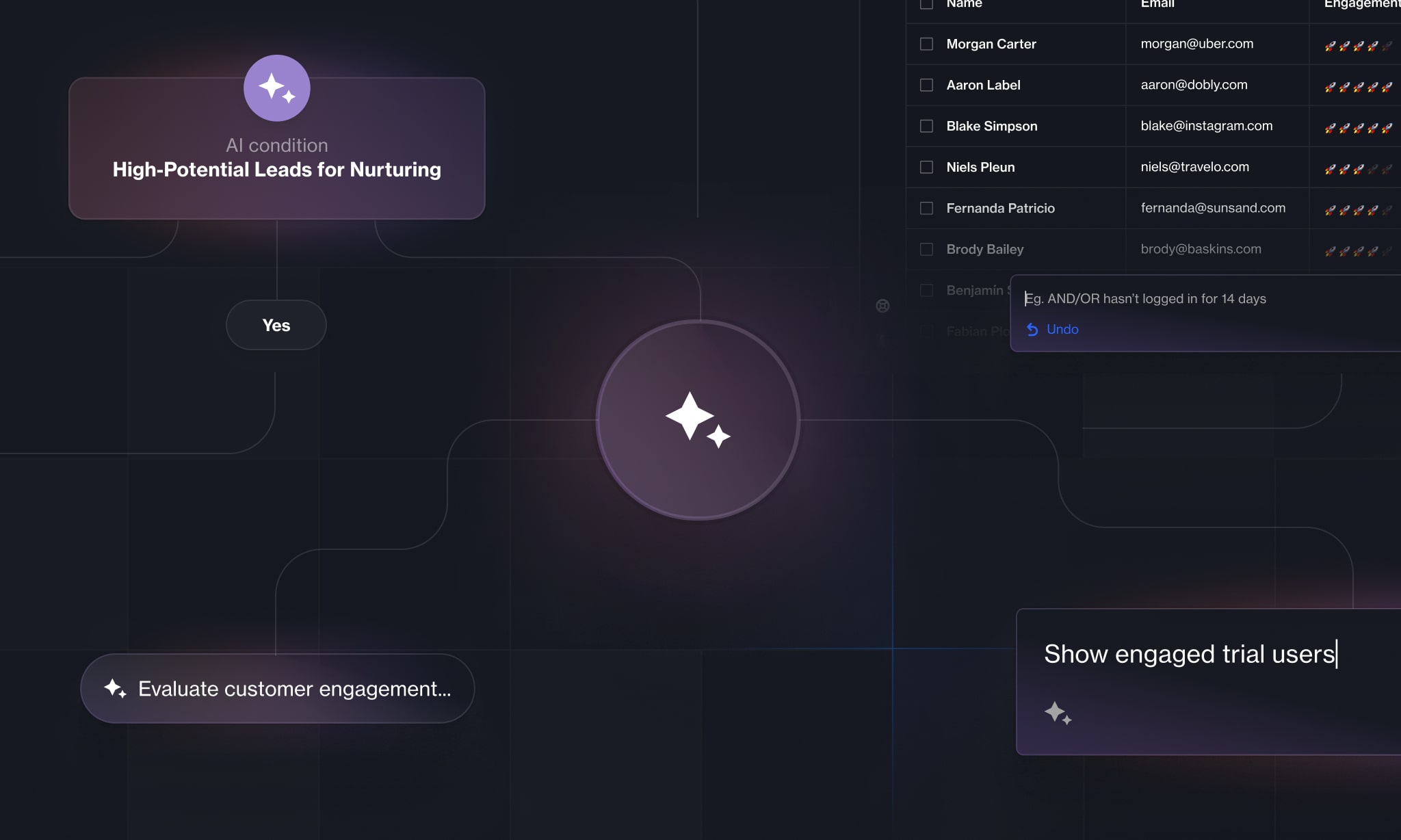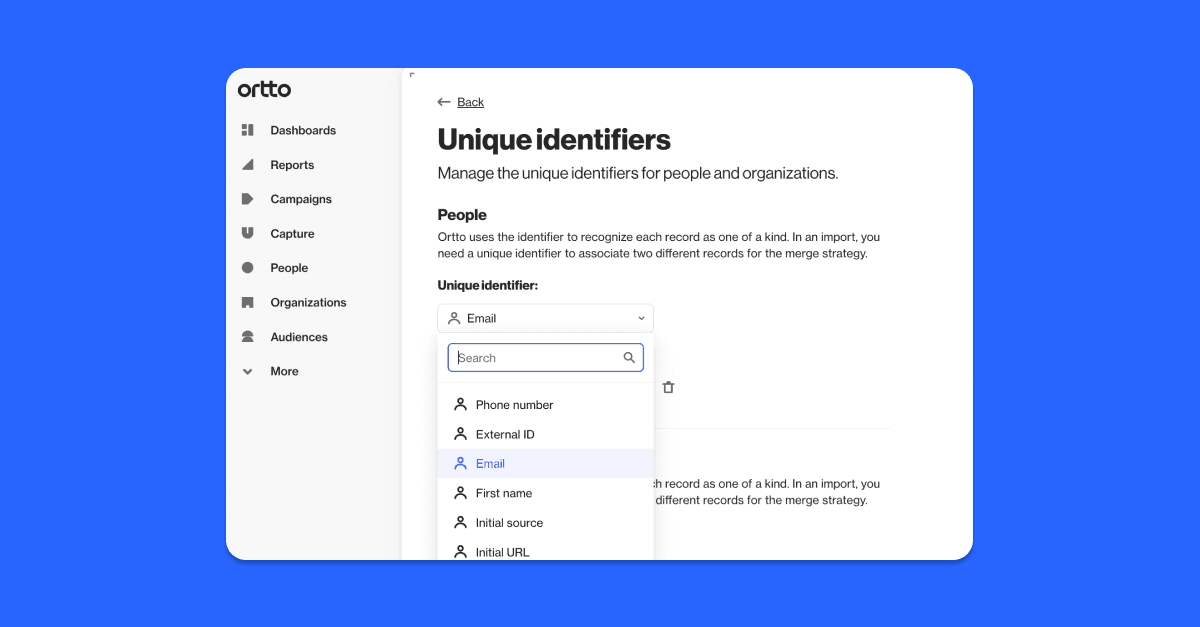The term ‘growth hacking’ has been circling around the startup and small business space for more than a decade. Despite the way it sounds, growth hacking isn’t about sketchy practices to ‘hack’ startup growth. Instead, growth hacking refers to creative, low-cost marketing strategies that focus solely on growth. For some, growth hacking is a mindset.
While there is an abundance of information on growth hacking – we’ve discussed growth hacking strategies, ideas and inspiration in a previous blog – without a process around effectively implementing and testing those strategies, it’s hard to scale a business. In fact, growth hacking is more about the process, and the lessons learned, than the tactics.
A growth hacking framework is like a map for trialing different strategies – and it’s important for startups and scaleups to move quickly. By trying, failing, and trying again, you will compile a list of learnings and find the growth strategies that work for your business.
In this blog, we will outline a growth hacking framework that will springboard your marketing strategies.
7-step growth hacking framework
In the pursuit of hyper-growth, there is no overnight quick fix. You need the process in place before you can go full steam ahead. Below is an iteration of a commonly used framework.

1. Define your goal
A growth stretch goal is about aiming high to inspire growth – not so much about achieving 100% (although that’s ideal). An example of a growth stretch goal could be to increase customers in the US by 20%. It’s an ambitious target, but it will certainly get your team moving.
Once you have defined your goal, you’ll be able to consider all marketing efforts in terms of that metric and track the variables that influence it.
2. Brainstorm ideas
This step is all about ideas — after all, growth hacking is a creative pursuit. Get out a whiteboard (digital or not) and brainstorm all the low-cost ways you can drive acquisition and retention.
It can help to identify and visualize your user’s pain points and step into their shoes to find solutions. Always ask yourself why you’re doing something. And remember: you’re trying to achieve your growth stretch goal.
We’ve written comprehensively about growth hacking strategies, but here are a few jumping-off points to start your brainstorm:
Consider partnerships: Whether it's partners your product integrates with or companies you have a relationship with through other means, finding new ways to partner with other businesses can help you supercharge growth.
Create a growth loop: Whether its referral programs or a mechanism that increases your brand exposure through existing users, a growth loop can help you scale fast.
Consider expansion: Growth doesn't always mean new customers. Expanding existing customers can be just as, if not even more, valuable. Think about how you could use gamification to expand product usage or build on your existing services with something you know your customers want.
3. Prioritize
Once you’ve defined some growth hacking ideas, ask yourself the following question to identify which you want to prioritize:
What is the hypothesis? (If successful, [variable] will increase by [impact], because [assumptions].)
What is the probability it will be successful in achieving growth stretch goal?
What is the potential impact? Will its impact be long-lasting or short-lived? How can it be sustained?
What will the resource spend be? Consider the teams, time, money required.
Tip: It’s great to acquire new customers quickly – but you want to keep those new customers around to create sustainable growth overall. Therefore, before you spend resources on acquisition, you may focus first on retention and user satisfaction initiatives to reduce churn.
4. Test, and test again
Growth hacking goes something like this: Test, fail, measure, optimize, test, fail, measure, optimize, and so on. You must get used to – and expect – failure, because the quicker you fail, the quicker you can cut your losses and move on to the next test. Soon enough, you’ll find a winning strategy and you can start to invest in it to reach that stretch goal.
5. Implement
Execute your experiment for anywhere between 30 and 90 days. This is long enough to properly test it, but not so long that you’re wasting time. Within this period of time, you should be optimizing and experimenting with things like search keywords, content, and creative to get the most out of your tests.
6. Analyze results
Consider the quantitative impact (e.g. customer data, conversion rate metrics) and qualitative impact (e.g. customer feedback, surveys, user testing) of each experiment.
Ask yourself these questions:
What were the results of the experiment?
Did this experiment reach the goal?
What was the resource cost?
How much time was spent?
How accurate was the hypothesis?
Were there any surprises in the results?
7. Record and document
Be sure to document your processes and consolidate all data and learnings. The documentation should include the hypotheses, timeframe, results, number of tests, resources required, results, failures, and a summary. You could also build a playbook for successful tests so that whoever reads it can repeat the process and scale it without a hitch.
Final word
Growth hacking is about rapid growth using creative, low-cost strategies to get people into the funnel, but the modern iteration of growth hacking also focuses on bringing the right leads into your funnel.
Author

More by Ellie Wiseman
Ellie Wiseman has no more articles


